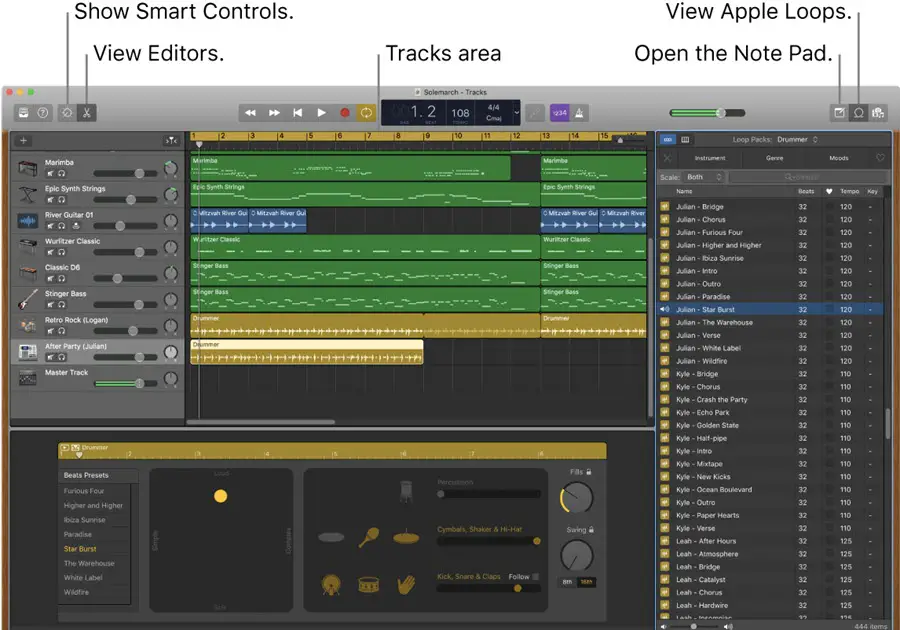
- Garageband recording background noise how to#
- Garageband recording background noise software#
- Garageband recording background noise free#
The only way to fix the hardware is to get it repaired or replaced. Nowadays static hardware issues are relatively rare, but it does still happen from time to time. Modern day hardware has gotten better and better over the years. It may have been exposed to static electricity and may have causes hardware to degrade over time and cause hardware issues. Often the problem is an electrical issue. The hardware wear can suddenly break or degrade due to many reasons. It does still occur and can happen to anyone’s studio microphone. Although this is a rare occurrence with modern day hardware. Now and then music studio hardware has been known to malfunction or break.
Garageband recording background noise free#
You could also try downloading a free digital audio workstation such as Audacity and see if the problem consists.
Garageband recording background noise software#
(The software you’re using to record your microphone).Ĭheck all the input controls and make sure they aren’t too high.

Sometimes it can be your digital audio workstation causing the problem. Try turning your microphones gain down and see if the problem consists.įor USB microphone, you may try pluging the USB to another port on your computer and see how it works. Make sure your gain isn’t turn up too high and see if that helps.

Now let’s test your microphone and preamp cables. So now you have checked your room for background noises and turned down the gain on your preamp. This can interfere with your recording and affect the sound of your vocals.Įven monitors or electronic devices that have low-quality electronic shielding can produce a humming sound and affect your recordings. It’s common for bright lights, fan, heaters, fridges or even AC units to produce an unwanted electrical buzzing noise. If you can’t turn it off, try to keep your microphone at a far away distance, as furthest as possible when you’re recording. If you start to notice a noise interfering with the recording, turn the device that is causing the noise off. Use a pair of headphones to listen to the output. Sometimes we can’t hear the sounds ourselves, and you only start noticing the slight buzzing background noise once you start the mixing process.To do this, increase the gain on your microphone and then start walking around your room with your microphone. There is an old trick that is great for determining whether your room is quiet enough for a home music studio. Therefore condenser microphones are more likely to pick up interruptive room sounds If your problem still exists, we have created a short troubleshooting guide that will help you get to the root of the problem.ĭynamic microphones are directional and are less likely to have this issue, but this is undoubtedly a big issue with condenser microphones as those types of microphones are more sensitive and pick up the sounds of the room much easier.įor example, a condenser microphone will pick up the sound of somebody clapping if they were behind the microphone, whereas a dynamic microphone would pick it up a lot less.

Try checking all your cables are firmly in place or swapping them with another cable to see if the problem still continues. It could be room background noise, an electrical problem or a problem with your cables. There could be many reasons why your microphone is producing unwanted noise.

Garageband recording background noise how to#
How to Stop Your Condenser Microphone From Buzzing? This isn’t ideal if you want to have great sounding audio. The buzzing, hissing or humming sounds may even be more noticeable once you start adding EQ, compression and other audio effects. Sometimes there’s an underlying problem that needs to be solved. Sometimes it can be very noticeable where other times it can be very subtle. Is your microphone producing a buzzing, hissing or humming noise? Actually all microphones will make some form of self-noise.


 0 kommentar(er)
0 kommentar(er)
